Доктор Кто The Ark in Space: Part One (1963–1989) Online
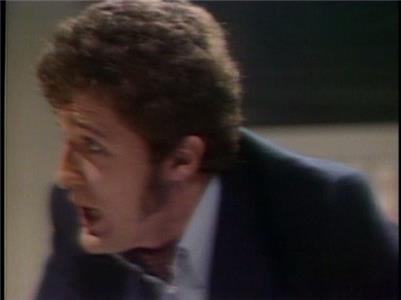
- Original Title :
- The Ark in Space: Part One
- Genre :
- TV Episode / Adventure / Drama / Family / Sci-Fi
- Year :
- 1963–1989
- Directror :
- Rodney Bennett
- Cast :
- Tom Baker,Elisabeth Sladen,Ian Marter
- Writer :
- Robert Holmes
- Type :
- TV Episode
- Time :
- 25min
- Rating :
- 8.4/10
The Doctor's attempt to give Harry a trip in the TARDIS sees the two of them and Sarah arriving onboard a space station in the far future, with some rather deadly security mechanisms.
| Episode complete credited cast: | |||
| Tom Baker | - | Doctor Who | |
| Elisabeth Sladen | - | Sarah Jane Smith | |
| Ian Marter | - | Harry Sullivan | |
| Gladys Spencer | - | High Minister (voice) | |
| Peter Tuddenham | - | Computer (voice) |
This story was a complete rewrite by script editor Robert Holmes of a script by John Lucarotti which was considered too complicated to be produced.
The set for this story, designed by Roger Murray-Leach, was very large and expensive by Doktor Who (1963)'s usual standards. In an effort to save money, it was used again for Doktor Who: Revenge of the Cybermen: Part One (1975).
Both Russell T. Davies and Steven Moffat named The Ark in Space as their favourite Doktor Who (1963) story.
Tom Baker named The Ark in Space as one of his favourite Doktor Who (1963) serials.
Aside from an extra, Brian Jacobs, as Technician Dune, and two voice-over artistes, no-one but the regular cast appears on-screen in part one of this story; the last time this occurred was "The Edge of Destruction".
This episode takes place on the Nerva Beacon in 16087.
John Lucarotti's version concerned a massive space ark carrying cryogenically-frozen humans, which has been invaded by the Delc. The Delc are fungi, grown from spores floating in space. The primary Delc take the form of floating heads, while their servitors appear as headless bodies. The Delc are impervious to most harm because any impact just causes the release of more spores. Fortunately, the Doctor eventually discovers that the Delc are susceptible to electrocution, and ultimately knocks the primary Delc out into space with a golf club.
The title sequence was tinted pink and green, making it appear brown rather than the usual blue (even the light on top of the TARDIS is full brown). This experiment was never repeated
Robert Holmes wrote the script for this story in 18 days.
Fans voted this number 12 in a countdown of the 163 Doktor Who (1963) stories in Outpost Gallifrey's 40th anniversary poll in 2003.
Aside from voice overs and the brief appearance of Technician Dune, the three regulars are the only characters who appear in this opening Episode, and due to Sarah's disappearance midway through the episode, this leaves Tom Baker and Ian Marter to carry the episode for most of the running time.
This episode was watched by 9.4 million viewers on its original transmission.
This serial was released by the BBC on video cassette in the UK in June 1989.
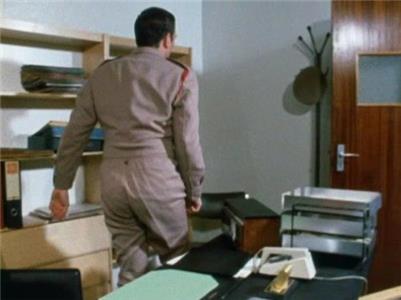
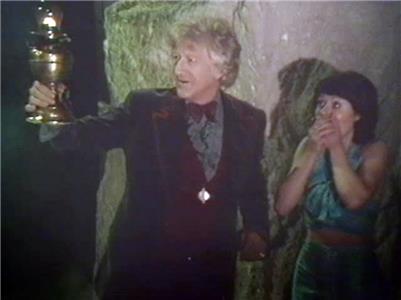
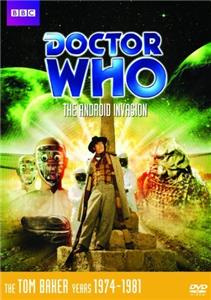
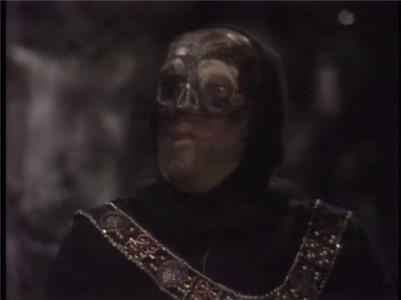
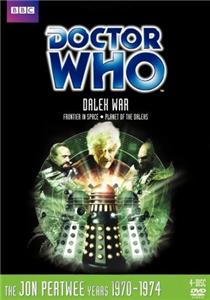
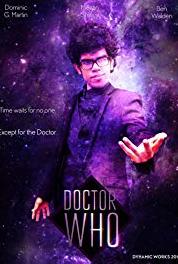

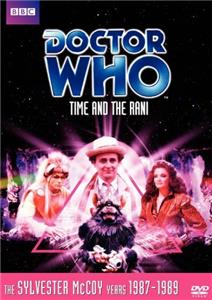
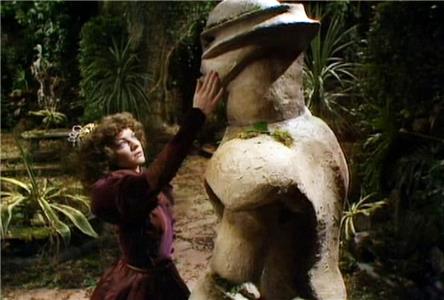
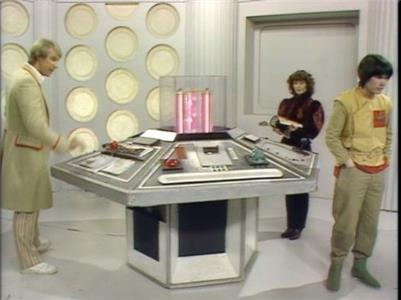
User reviews